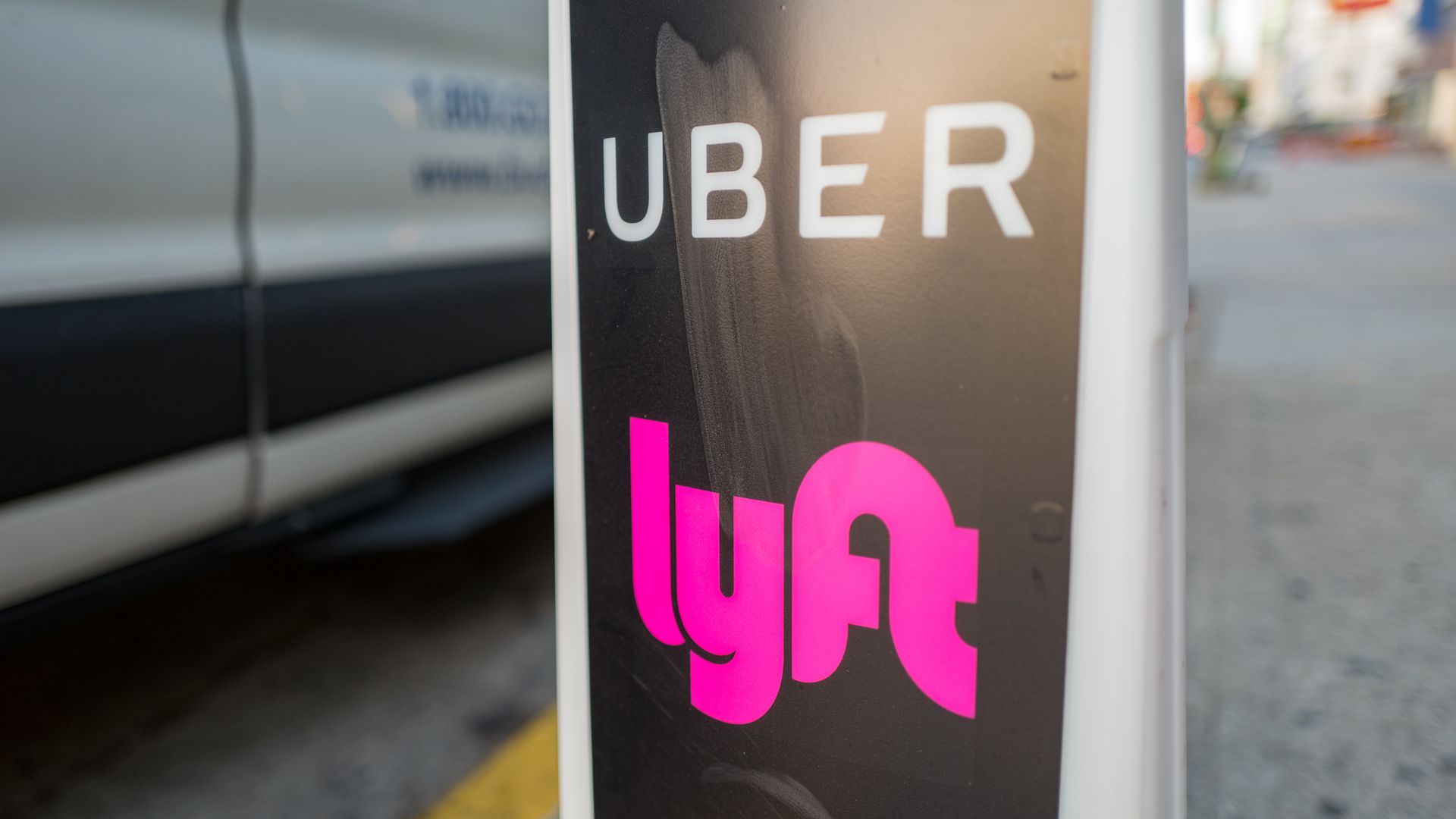Will electric cars undermine Uber and Lyft?

Who are the new players in the sector Revel, Alto and Kaptyn who are opening innovative paths in the United States compared to Uber and Lyft
The taxi business is becoming more and more 'electric', but that could spell trouble for 'racing' giants like Uber and Lyft, who can't force their drivers to buy electric vehicles.
BUSINESS MODEL RISKS OF BEING INADEQUATE
The two companies, in fact, do not own and operate fleets of electric vehicles or a charging infrastructure and rely on contract drivers who manage vehicles of their choice.
In this sense, the business model could prove out of date in the electric age, as new companies entering the fray choose to manage their fleets from a central hub and use their drivers as employees, Axios points out.
NEW PLAYERS IN THE GAME
The novelty is dictated by the fact that a number of new players are entering the market to challenge the incumbent model: Revel , based in New York, has recently launched a passenger transport service in Manhattan with a fleet of Tesla and 150 full-time drivers.
Another company, Alto , raised $ 45 million to upgrade to a full-time chauffeured electric fleet. It operates in Dallas, Houston, Miami and Los Angeles, but plans to expand nationwide by 2025.
In Las Vegas, a premium electric taxi service called Kaptyn has 150 full-time drivers, although it does provide pre-arranged, not-on-demand travel.
FOR UBER AND LYFT DRIVERS MORE EXPENSIVE ELECTRIC CARS WITH CHARGING PROBLEMS
For Uber and Lyft, electric vehicles present additional challenges: They are too expensive for many concert drivers and need to be recharged, reducing the time drivers can make money.
At the moment, newcomers to the sector "are small, but their rise could signal a changing landscape," Axios points out.
"Ultimately, we believe the entire road haulage industry is in the early stages of transitioning from the current model of outsourced car and driver to fleets of owned electric vehicles with fully hired drivers," said new research from the company. PitchBook mobility analyst Asad Hussain.
THE ROAD TOWARDS WHICH WE WORK
In ride sharing, cars are a commodity. It is possible that a handful of fleet operators own and maintain large numbers of electric vehicles, leasing them to service providers, including Uber and Lyft.
“It's the only way to make the economy work,” says Kobi Eisenberg, co-founder of Autofleet, a Tel Aviv-based startup specializing in fleet optimization software.
UBER AND LYFT EXPRESS TRUST IN THEIR BUSINESS MODEL
In any case, Uber and Lyft both express confidence in their business model and have pledged huge sums to help drivers switch to electric vehicles.
Uber is spending more than $ 800 million on profit incentives and rebate discounts to help drivers make the switch by 2025. The effects of this policy are most visible in Europe. In the United States, however, Uber recently struck a deal with Hertz to make up to 50,000 Tesla rentals available to Uber drivers.
Lyft makes electric rental vehicles available through its subsidiary FlexDrive and is talking to automakers about adding more electric vehicles to the fleet, Lyft co-founder John Zimmer told Yahoo Finance this week.
“There is a huge shift going on,” Zimmer said. "We feel very well positioned and want to bring more products to our drivers."
Article published onenergiaoltre.it
This is a machine translation from Italian language of a post published on Start Magazine at the URL https://www.startmag.it/economia-on-demand/ecco-come-le-auto-elettriche-metteranno-in-crisi-uber-e-lyft/ on Sun, 14 Nov 2021 07:20:04 +0000.
